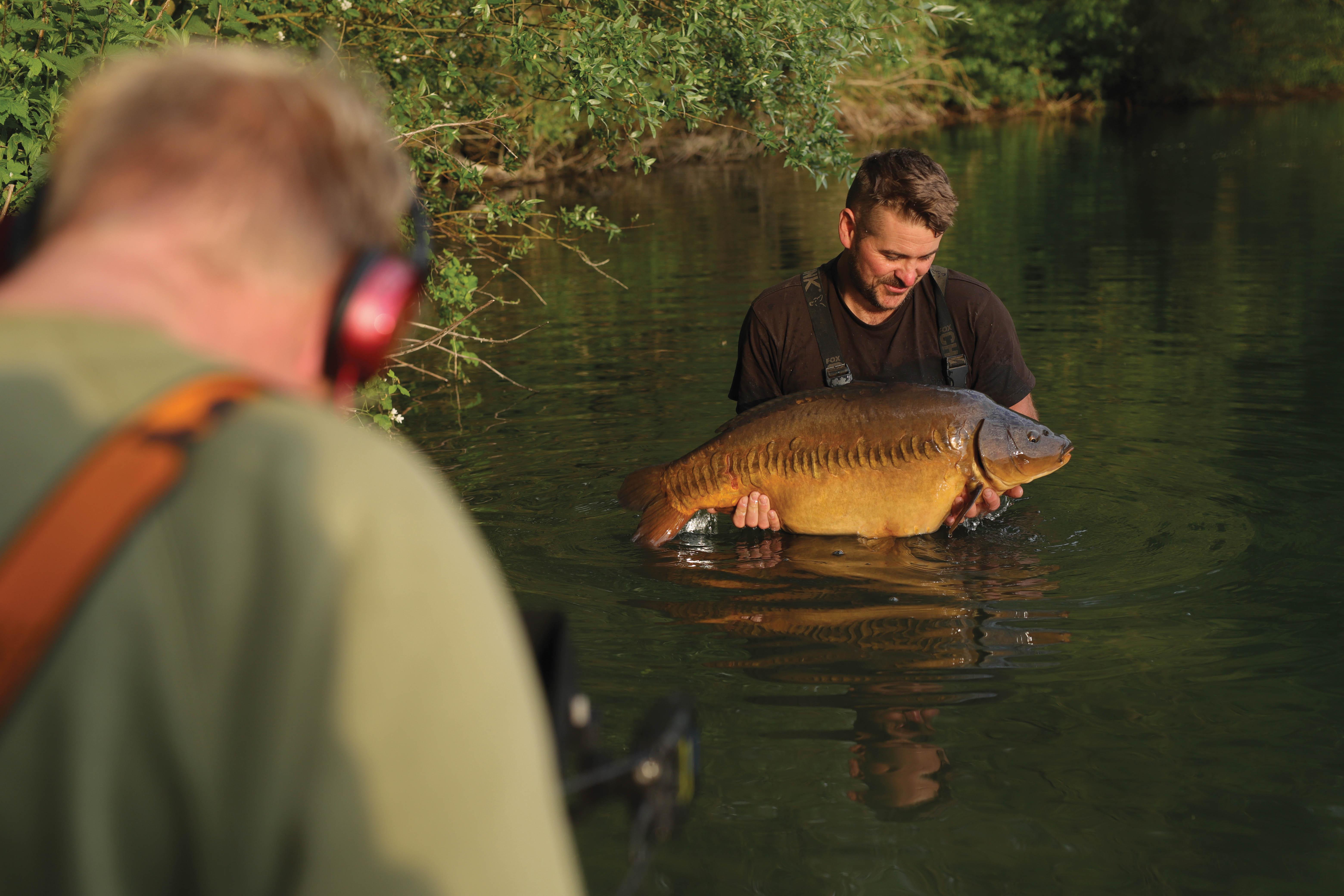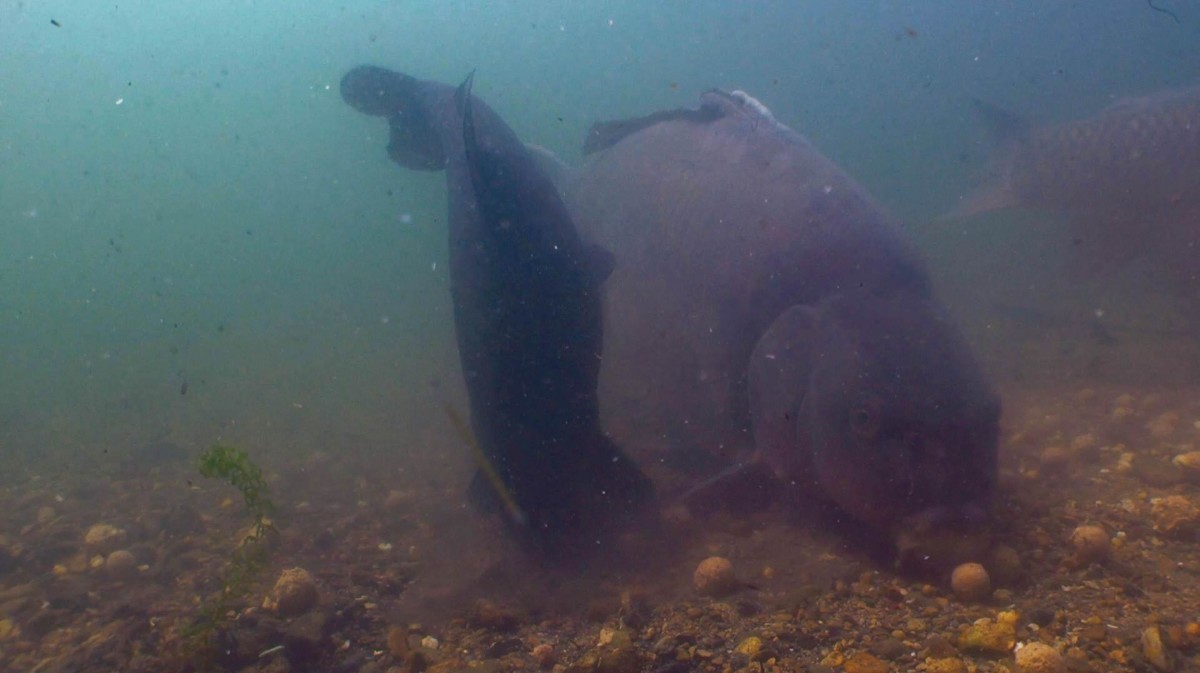
No Bullsh*t, Just Good Solid Angling - Willow Lake, Linch Hill
Scott Lloyd offers a glimpse of what life’s like below the surface...
Carp behaviour is something I have always been intrigued by, and I have certainly seen my fair share of it. Before my back was as bad as it is (I know, get the little violin out!), I almost lived up trees. Having the extra height helped me see a lot, but I always longed for a closer look, and thanks to Tom Anderson at Sticky, my wish was granted. Armed with a set of extremely complex underwater cameras, a film crew and I descended on Willow Lake at Linch Hill. I was familiar with the lake, but nothing more than that. The clear water and reasonable stock of wise old carp, however, seemed to provide the perfect combination for somewhere to put my techniques to the test…
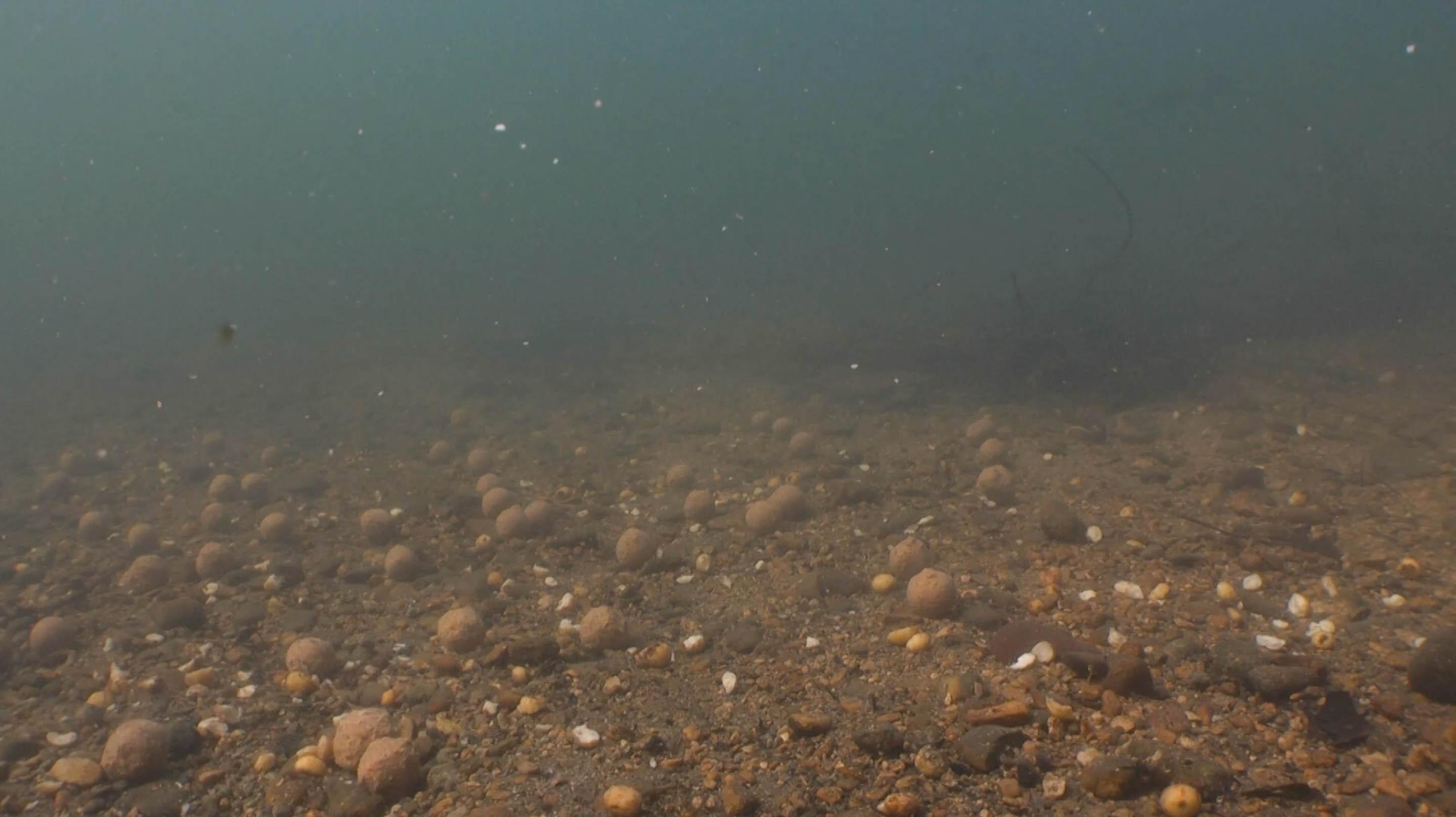
1. Tried & Tested - Why change what isn’t broken?
I was buzzing about the trip, and having got to grips with the cameras in the previous weeks, I was confident with what I had to do. There were, though, a few limitations to bear in mind. First, they had to be placed in the margins, as the cables which controlled them needed to be able to reach where they were sited. Second, through my testing period, I’d noticed that fine particles such as small pellets and powders tended to cloud the swim too much for footage to be viewed clearly. These factors didn’t bother me in the slightest, as I knew the perfect spot to position the cameras, and wanted to fish just how I do normally, using only boilies and nuts.
I wanted to know if my tactics worked as well as I thought they did, in front of the cameras. I baited with a few handfuls of boilies and nuts, and awaited the arrival of the carp. The tench and silver fish were straight in on the spot, the carp coming in soon after. Having the luxury of using the cameras, I waited for the all-clear before positioning a rod on the spot. With it being a rock-hard gravel area, I went in with a Noodle Rig and Krill Dumbbell Wafter. The only difference to my usual presentation was that I tipped the bait with a piece of white pop-up to make it more visual on camera.
The fish had munched their way through the vast majority of the bait, which was a surprise, and something I will come on to later in the piece. There were still a few fish visiting the spot, and sure enough, it didn’t take long for one to make a mistake. It was a real thrill getting the call on the walkie-talkie a split second before the bobbin hit the deck as an angry carp charged away from the snags.
I soon landed a lovely mid-twenty mirror, which proved straight away, that my tactics did indeed work. What I was interested in from that point, though, was how I might refine things. You can never be perfect in angling, and I was sure the underwater cameras would reveal something which would help me add extra percentages to my game.
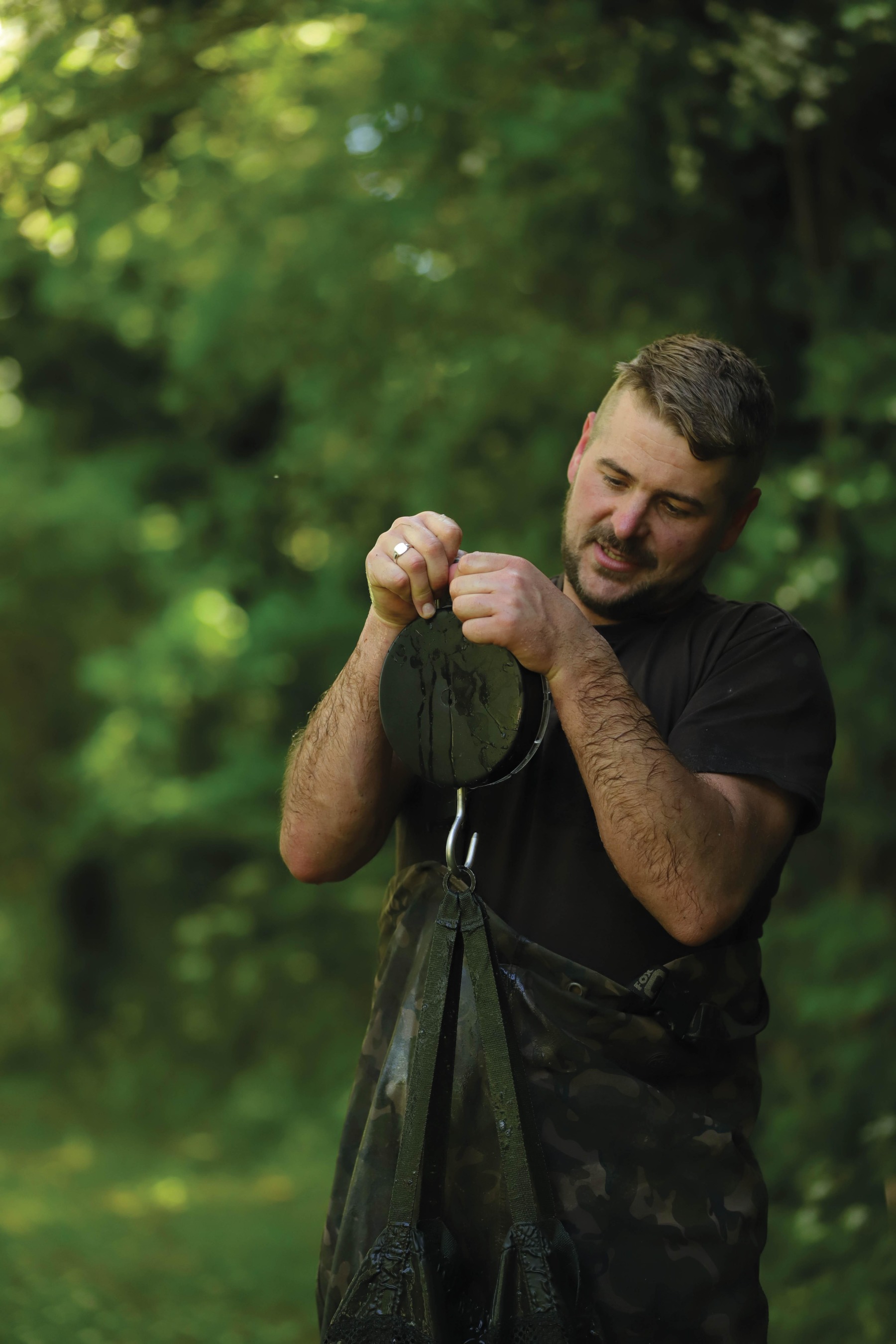
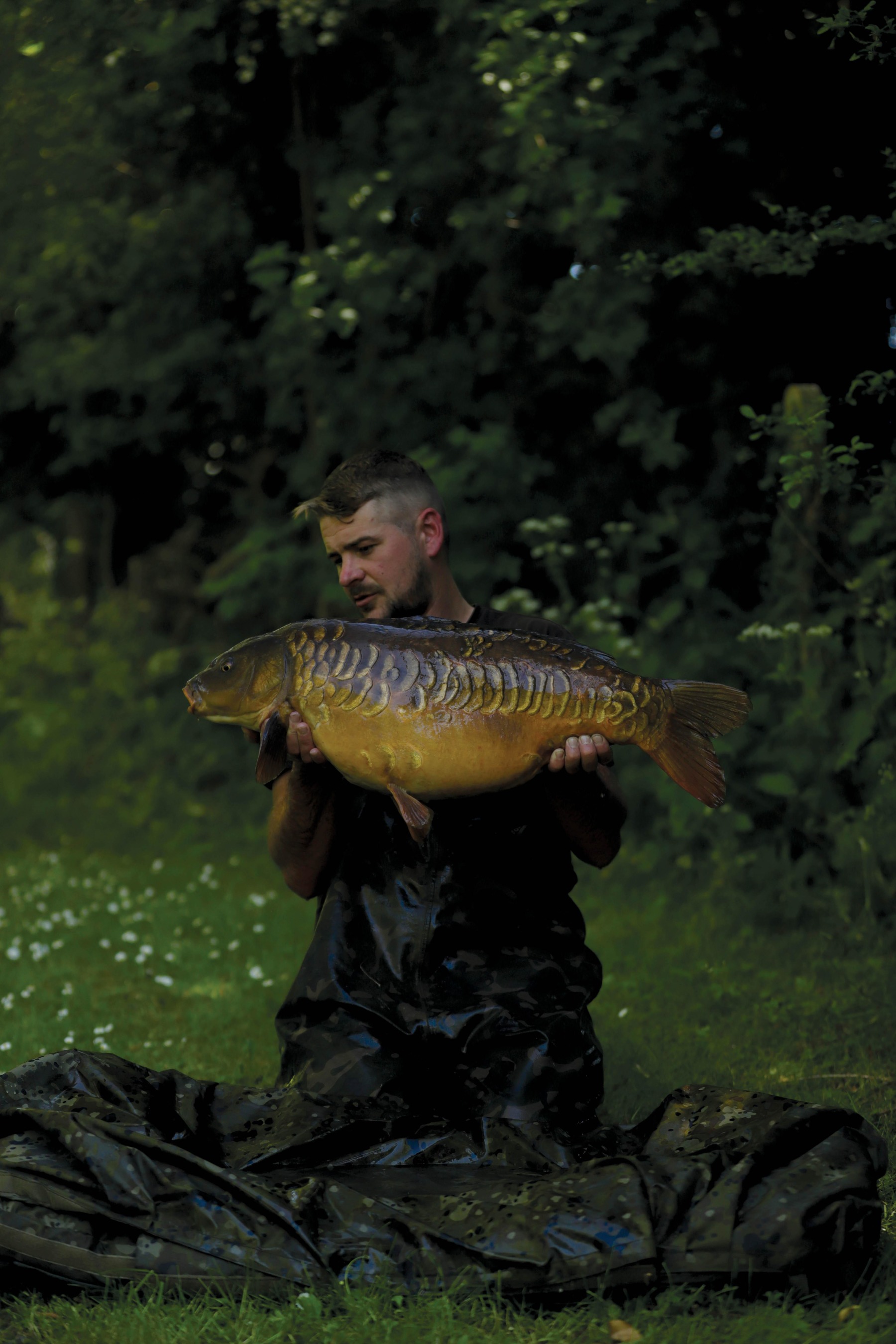
2. Foam Party Cancelled - PVA Foam was a necessity in my angling, but not anymore…
PVA foam has been a mainstay in my angling for as long as I can remember. I couldn’t cast a rod out without it… until, that is, I watched some of the footage from the hidden cameras. I was of the opinion—like most anglers are I am sure—that the foam almost comes off on the cast, if not within a minute or two of the lead touching down. Even in the relatively warm waters of Willow in late spring, however, this certainly wasn’t the case!
The PVA foam took anywhere between ten and thirty minutes to come off the rig, and all the while, numerous thirties, and even a near forty-pounder swam around it, feeding on the bait in the swim. Although it wasn’t seen in the film, as the fish was well away from the camera, one of them actually sucked the rig in while the foam was still on it—absolute madness! Of course, the fish wasn’t hooked, and I ended up missing out on several opportunities of a quick bite.
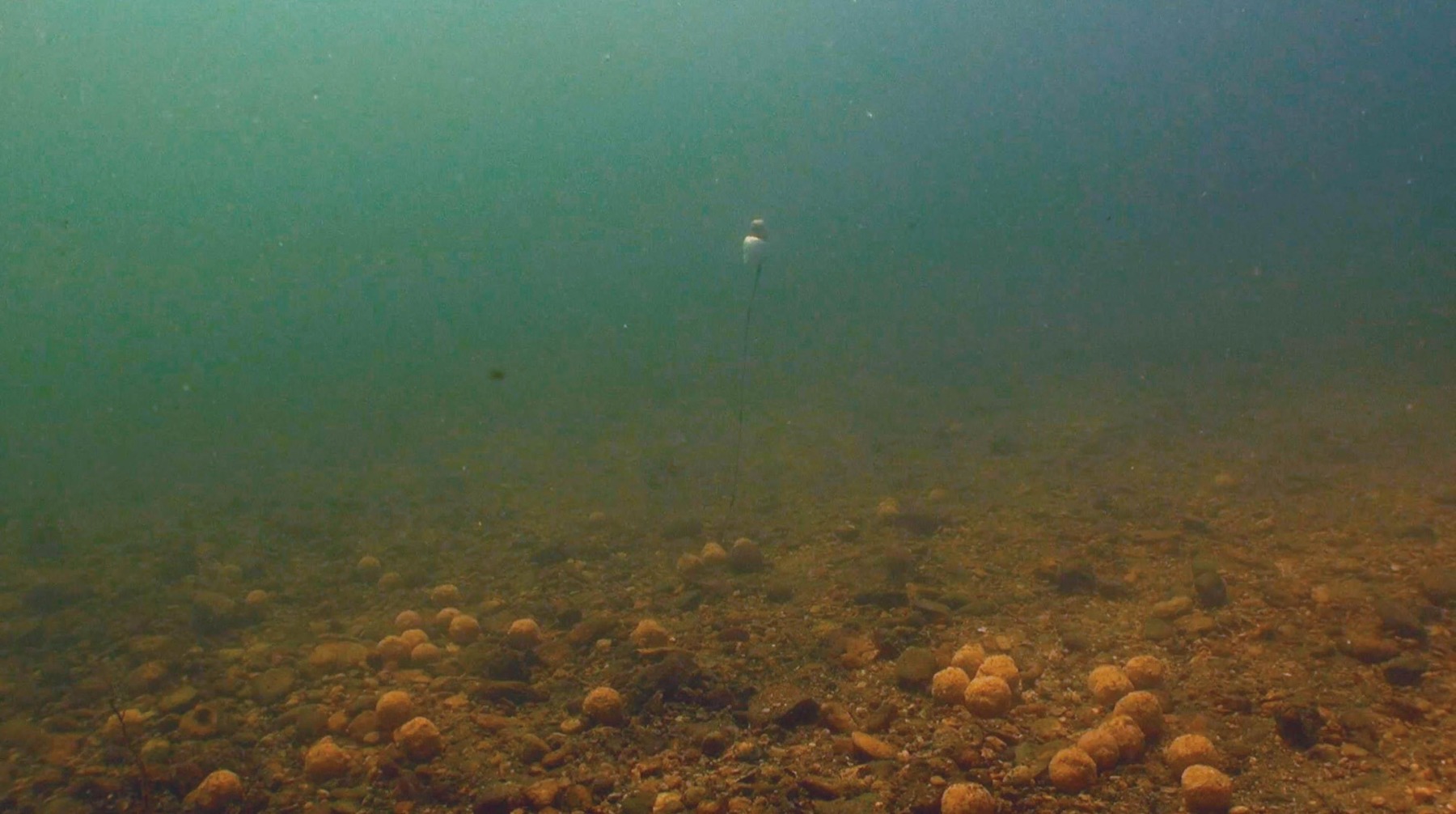
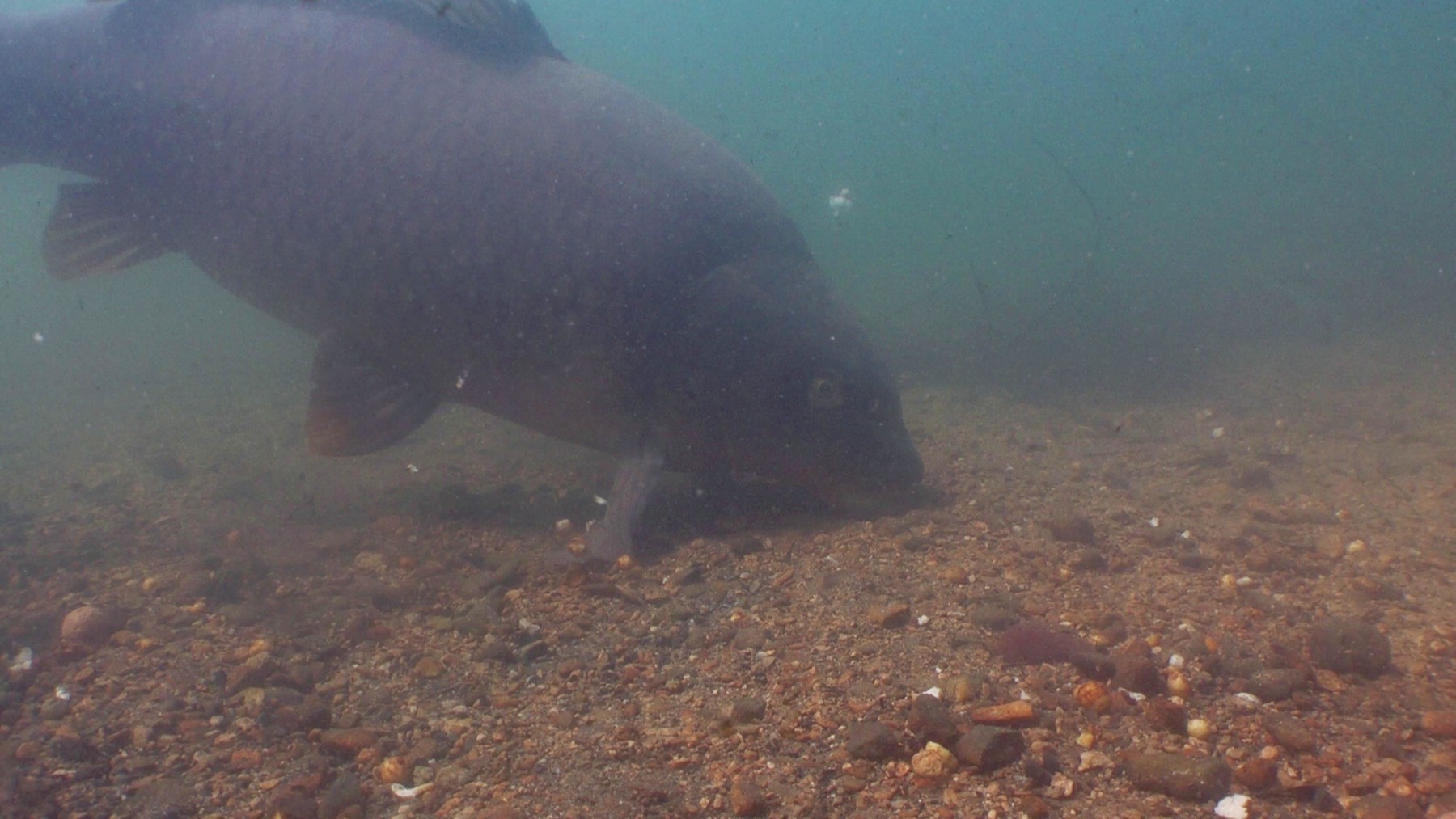
As a result, I stopped using the foam, and was super happy with how the rig sat without it. By using a balanced bait and hitting the clip just right, the semi-stiff hooklink kicked everything away from the lead system. It landed perfectly every time, and this cemented my decision to think very carefully before using PVA foam in the future, especially if a quick bite’s on the cards.
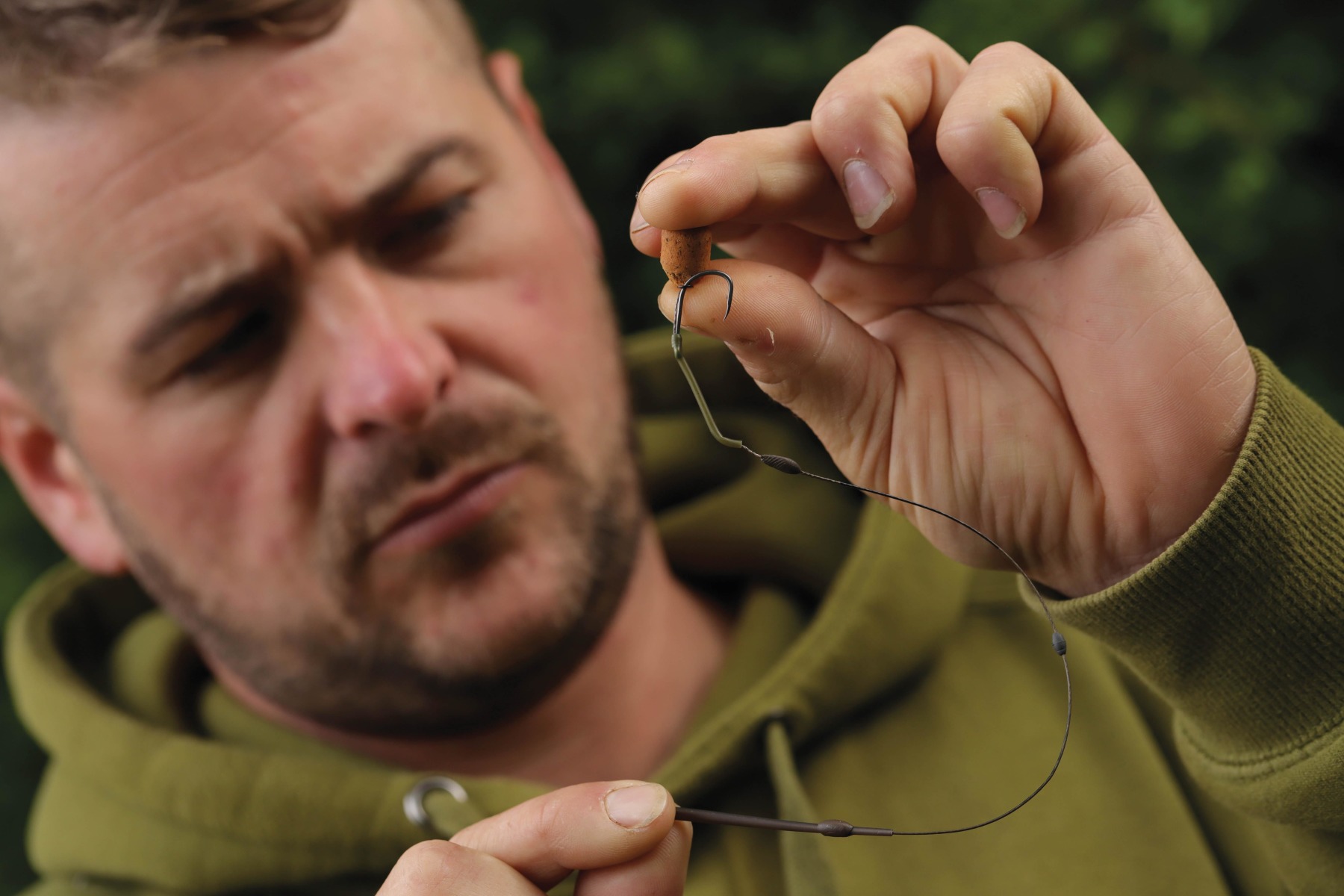
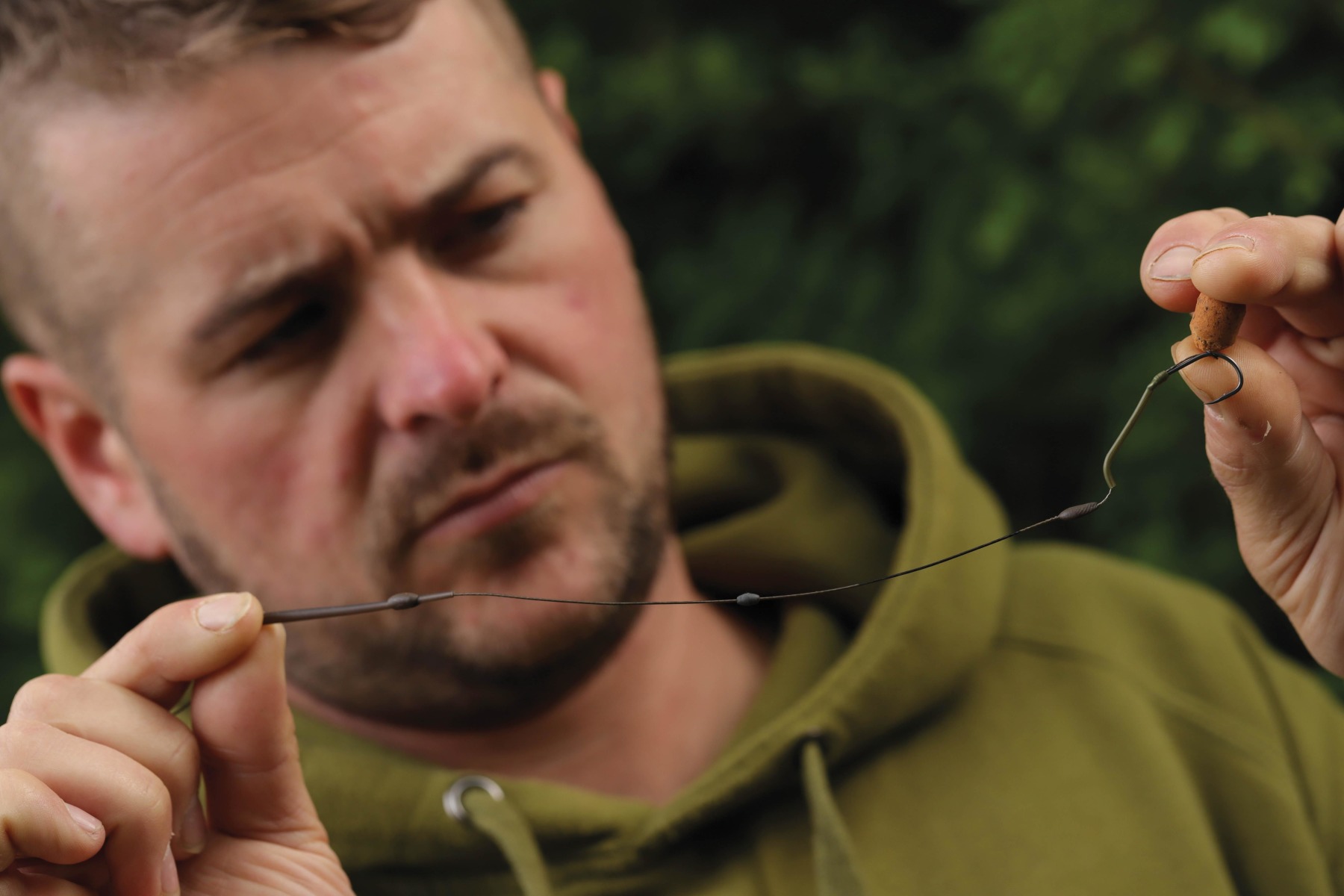
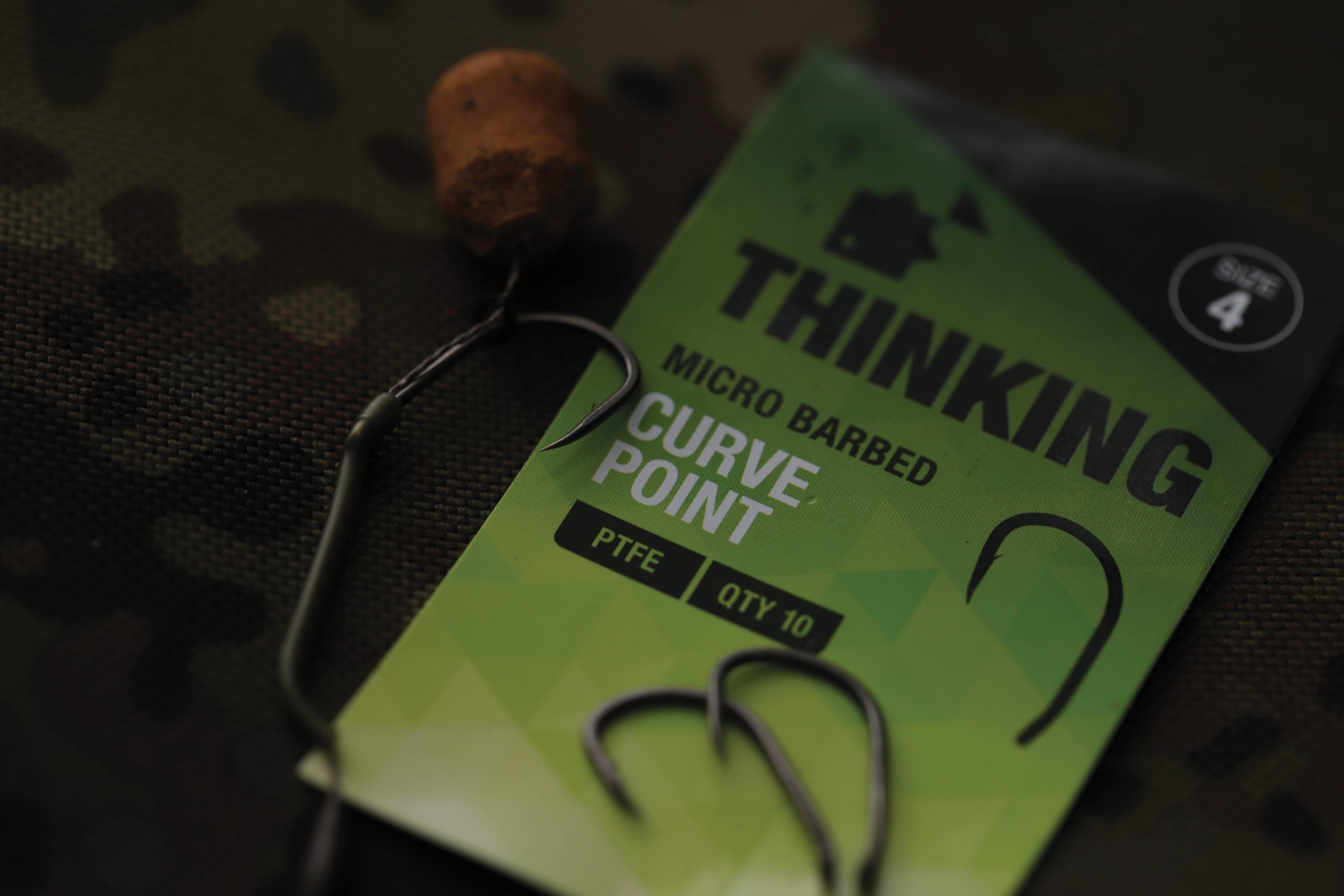
3. The Lay Of The Land - Good line-lay can be the difference between getting a bite and not!
In carp angling, there’s no better combination in terms of main line and leader than a strong and reliable sinking braid, joined to a long fluorocarbon leader. The direct contact that the braid gives you, along with the inconspicuous leader material is unrivalled in my opinion. However, a sticking point was highlighted in the film, and that was line-lay.
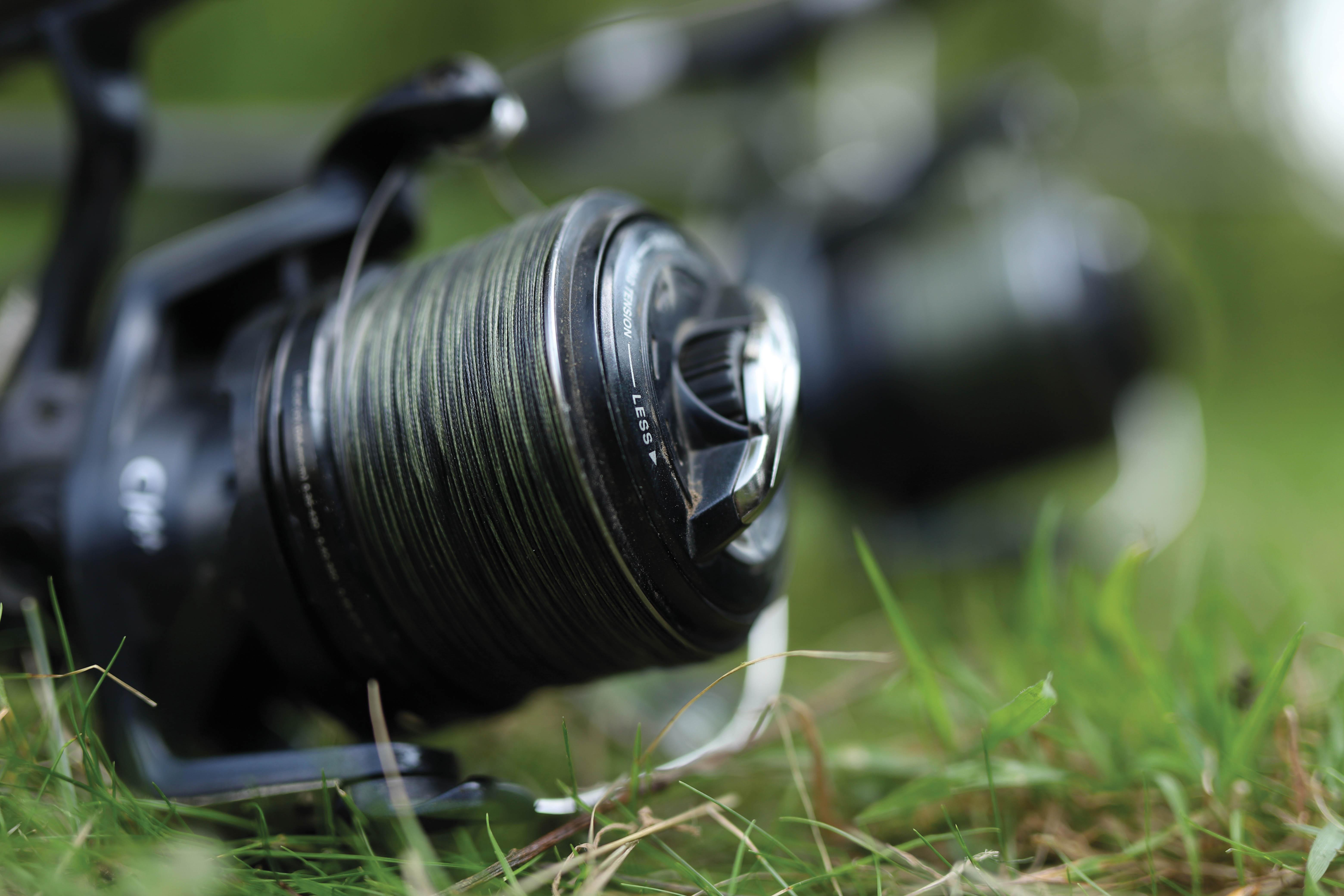
The swim was very much alive with fish, with half a dozen carp visible at any one time during peak periods of the day. With so many fish in the swim, I started to get a few liners, which in a normal fishing situation, you would be forgiven for thinking was a good thing. The underwater cameras painted a very different picture, though, as with each liner, a carp would spook away from the swim having picked up the line with its fin. This certainly put the fish on edge, and really quietened the swim down. I figured the only way around it would be to adjust my line-lay. I raised the front bankstick and slackened the line off slightly to create a steeper angle. This helped the line settle in the deeper water between me and the spot, and worked a treat. The fish returned soon after, the liners stopped, and I started to get bites again.
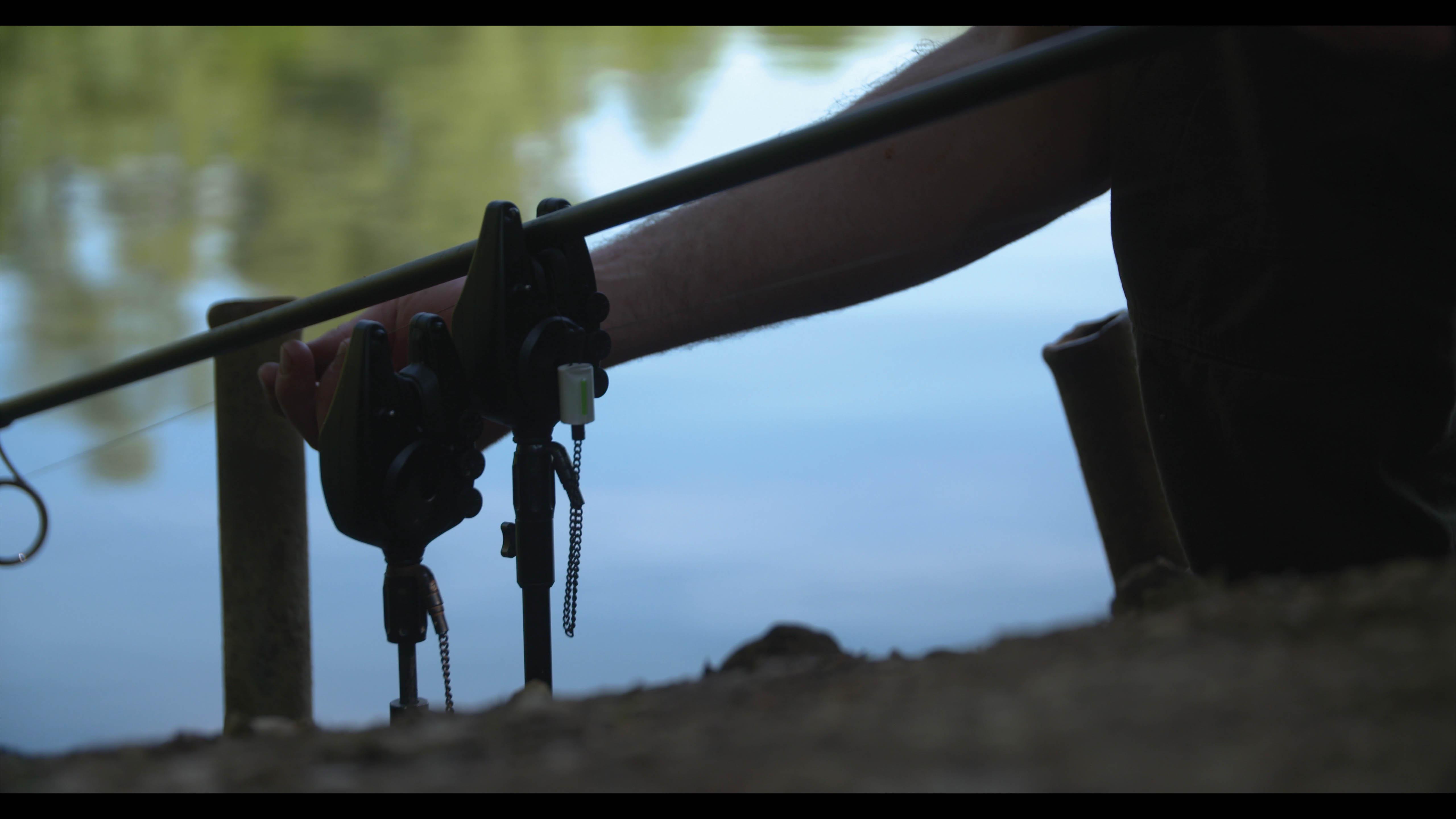
4. No-nuisance Noodles - Avoid those nuisance species with the ‘naughty’ Noodle
Something I had always known, but had never seen from a fish’s eye level, was the Noodle Rig’s ability to avoid nuisance fish. Obviously, I use the Noodle Rig for its incredible hooking ability with carp, but the other reason is to avoid the pesky tench which are prolific in the gravel pits I normally target. Don’t get me wrong, a few slip the net, as it were, and get caught on it. More find a way to spit it out, though, and this is exactly what I saw when watching the underwater footage back.
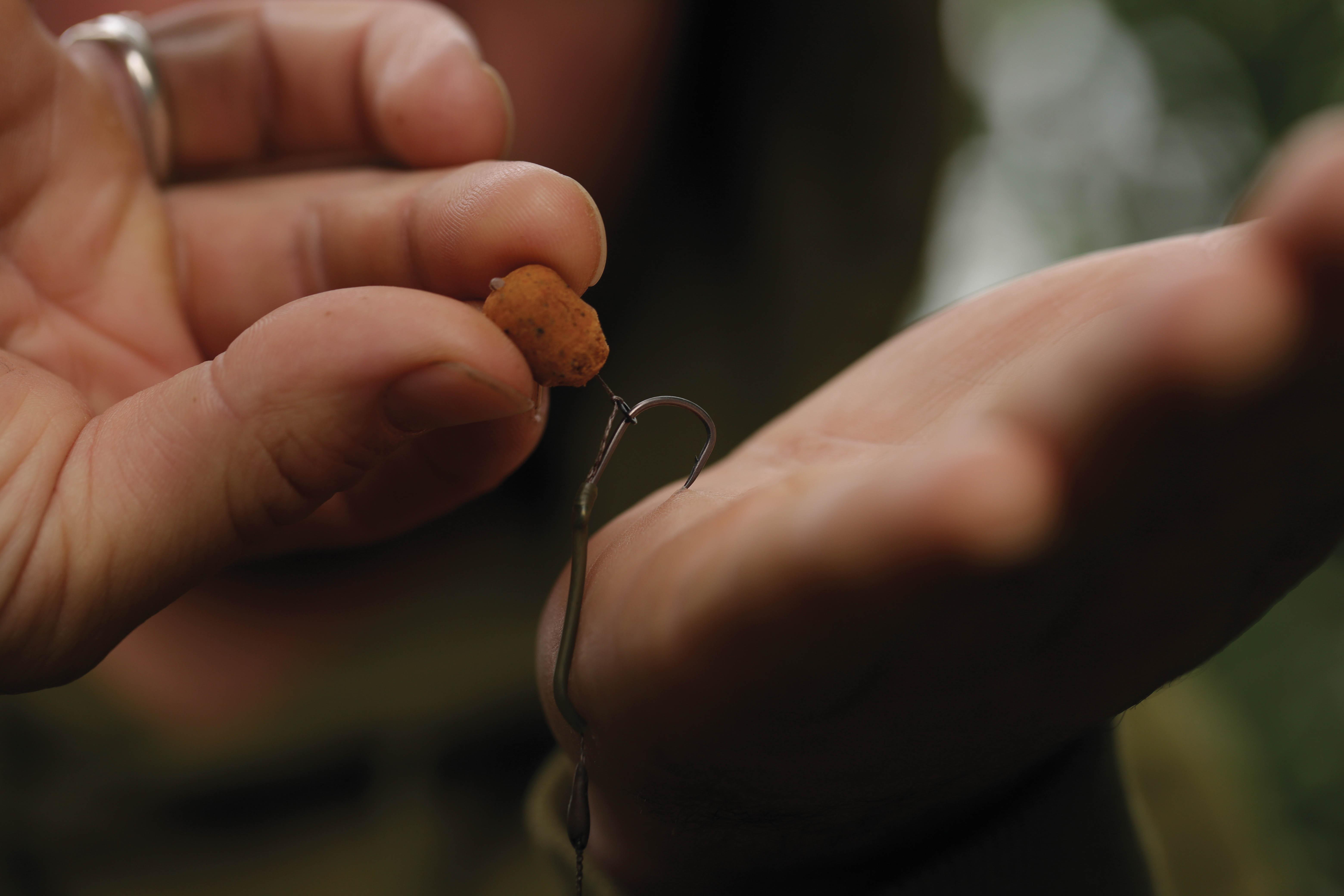
The reason for this is simple physics: the long kicker and big hook, along with the hookbait, require a reasonable amount of force to be sucked far enough into a fish’s mouth for the hook to find a secure hold. As highlighted on the footage from the underwater cameras, tench feed very differently to carp: they tip up almost vertically, with their faces really close to the bottom. The vortex they create is much less powerful than that from a carp, and so the rig doesn’t go all the way into their mouths and they manage to spit it out. It was great to see this happening so clearly, and the Noodle is a rig I will continue to use in any bottom-bait angling scenario.
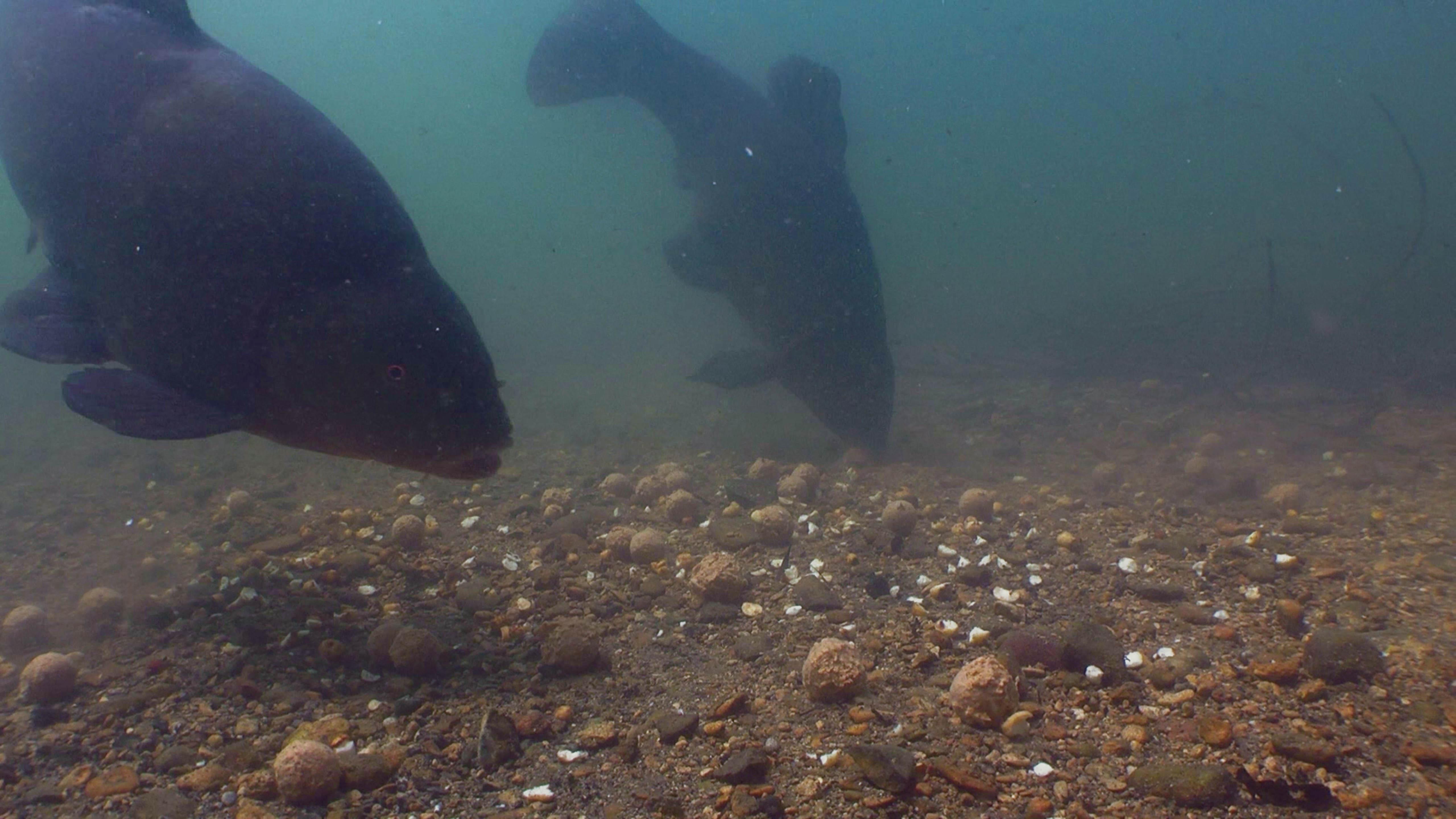
5. Bait Big Or Go Home - Large baits in even larger quantities win the day
I have always been a fan of small baits, and even on venues where there are a fair few nuisance fish, I always used 12 or 16mm boilies. I was confident that the Noodle Rig would help me avoid the tench until Mr. Carp came along, but clearly, I have been getting well and truly done!
At the beginning of the session, I baited with 16mm Krill Active, and the fish clearly loved it. It wasn’t just the carp, though, as everything from the tench, to the massive roach Willow is famous for munched through it. Normally, when fishing close in, I use a lot less bait than I would out in the pond, as I normally fish for one bite at a time in the edge. Once again, however, the cameras painted a totally different picture of what I’d always assumed was happening. The tench and roach were cleaning me out faster than I could put it in! Having witnessed them polishing the spot of boilies, I switched to 20mm Krill Active, to try and keep some bait down there for when the carp came along.
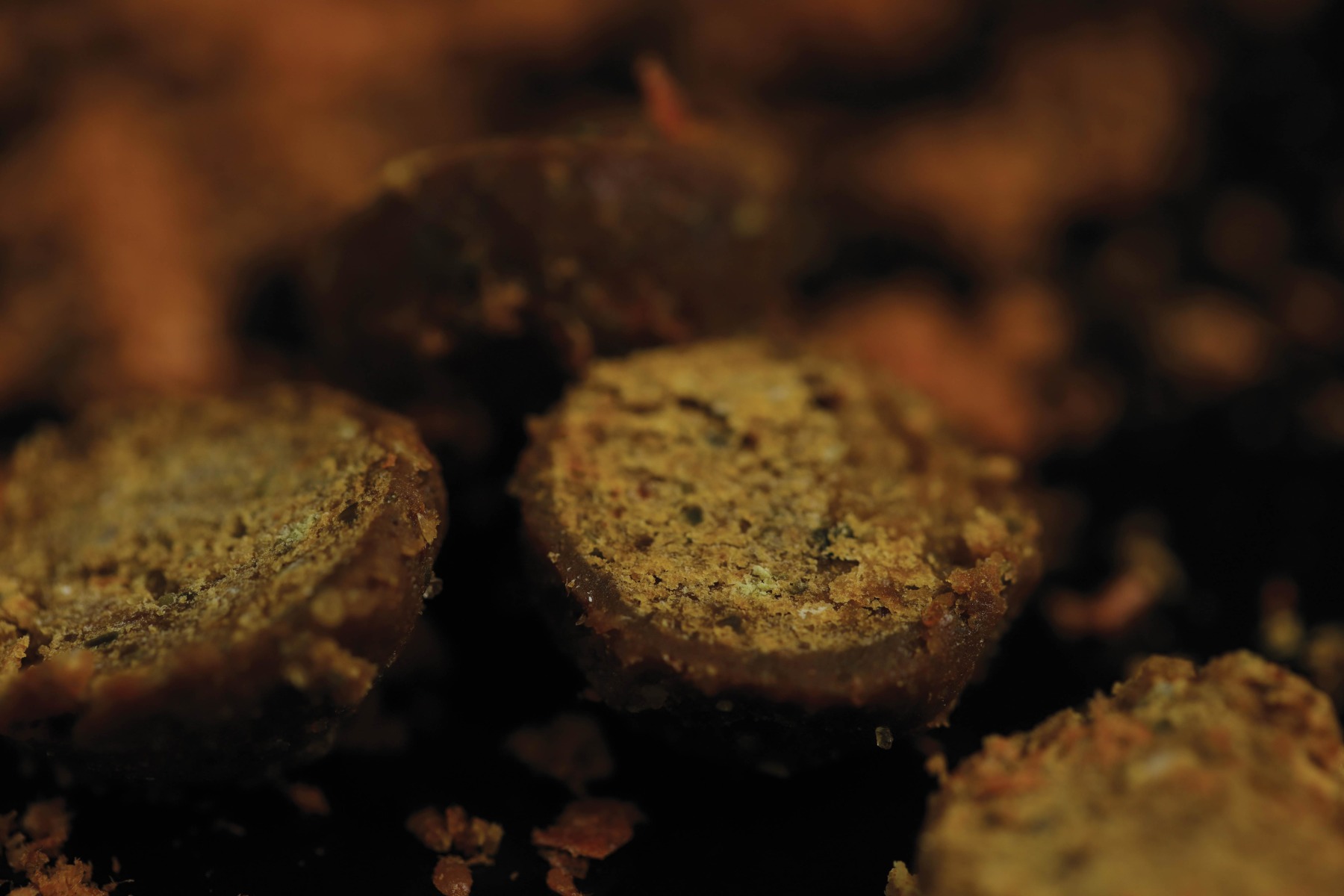
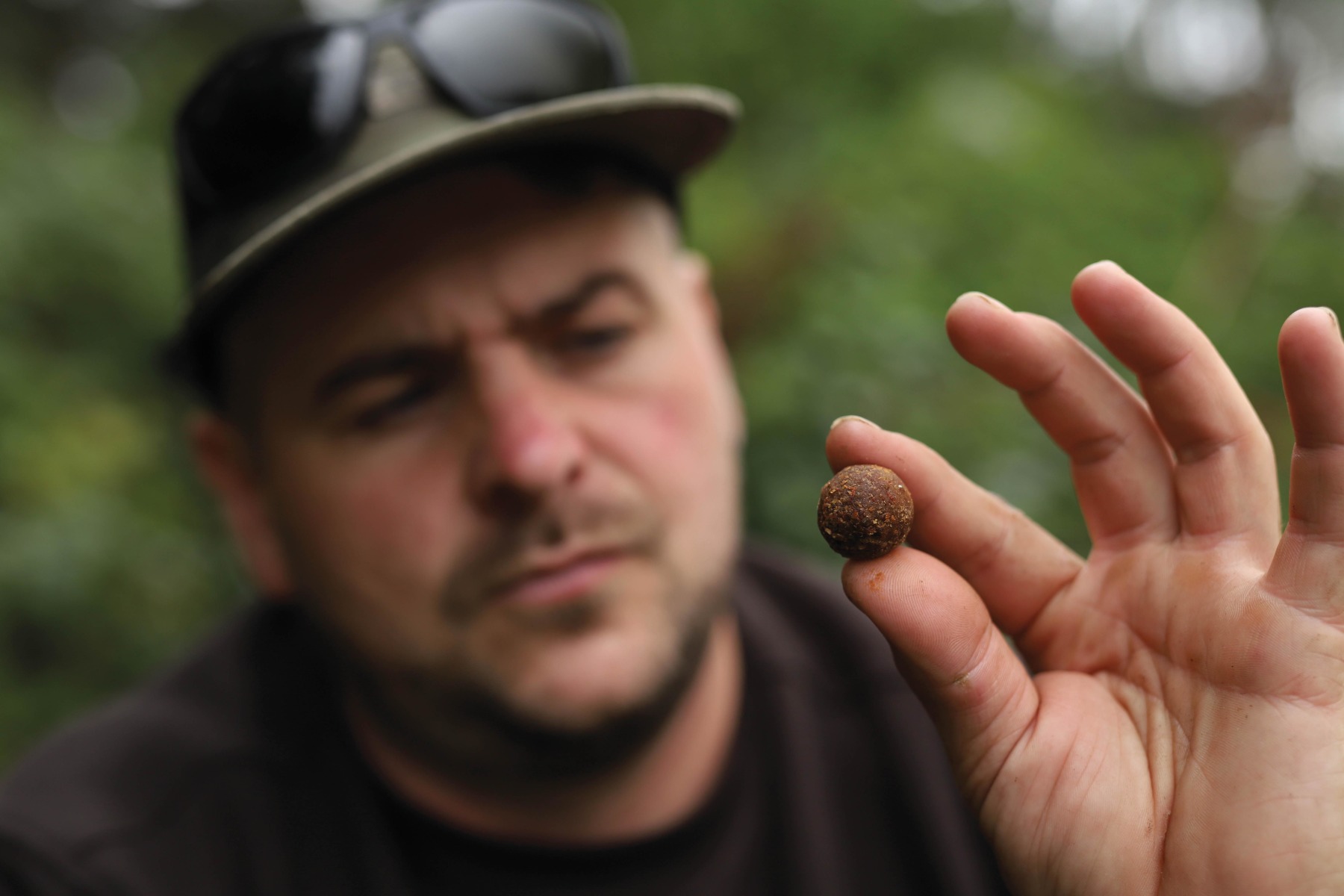
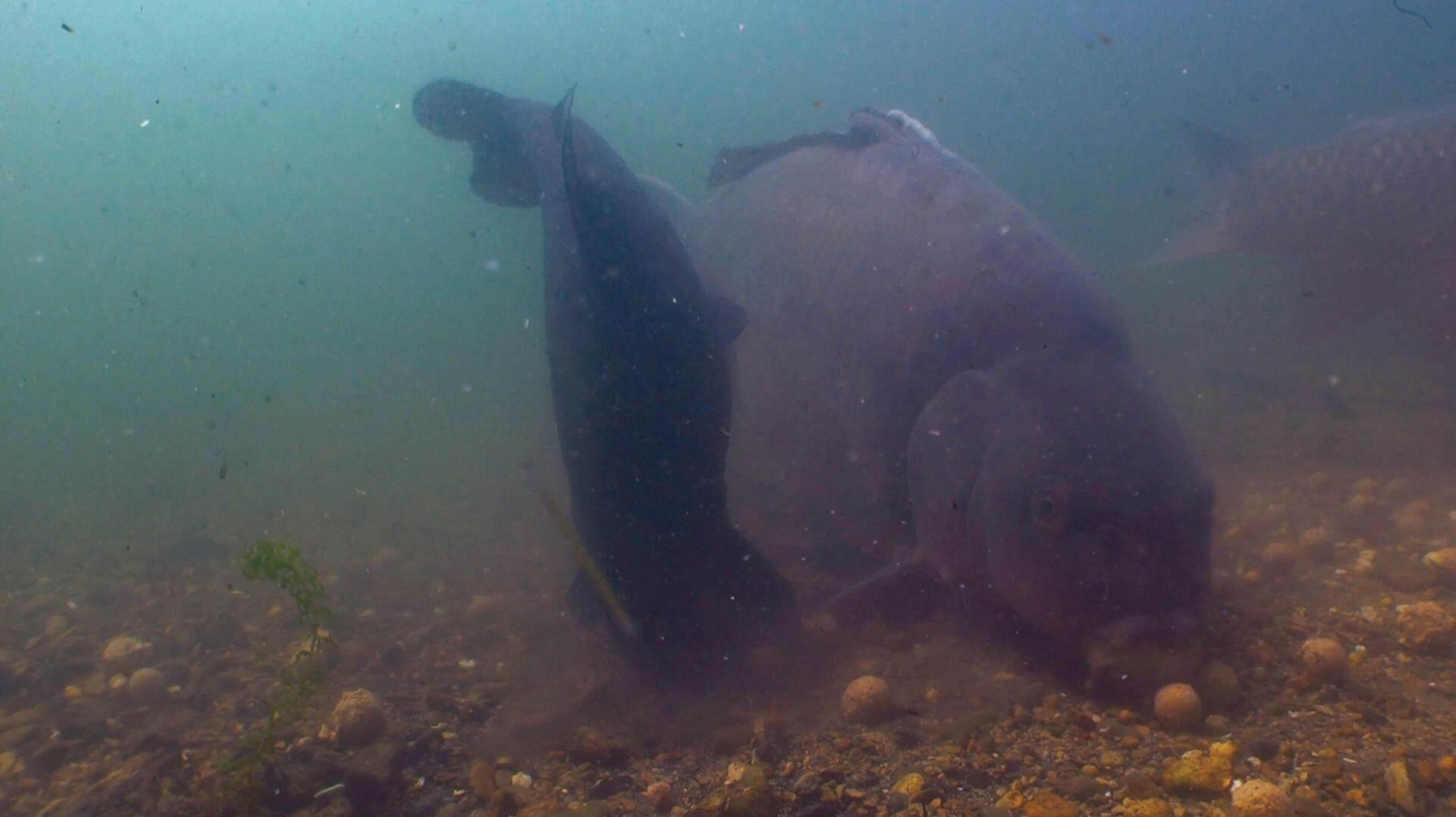
This switch worked, the 20mm baits being too big for most of the nuisance fish, and they simply attacked the coating as best they could, before they gave up and moved on. This left the swim peppered with bait, and certainly helped sustain the carp activity for much longer than when we’d baited with smaller offerings.
Even though I had switched to larger baits, I still used far more than I’d planned to, especially for a spot close in. It really cemented how good the Krill Active was—far better than a standard boilie. Even when the fish had practically cleared the spot, they kept rooting around, as the tiny particles in the coating had worked their way into the gravel. It was like a feeding frenzy at times, and even though we kept the baits as large as we could, there were moments when you couldn’t see a thing on the camera footage… it was like carp soup!
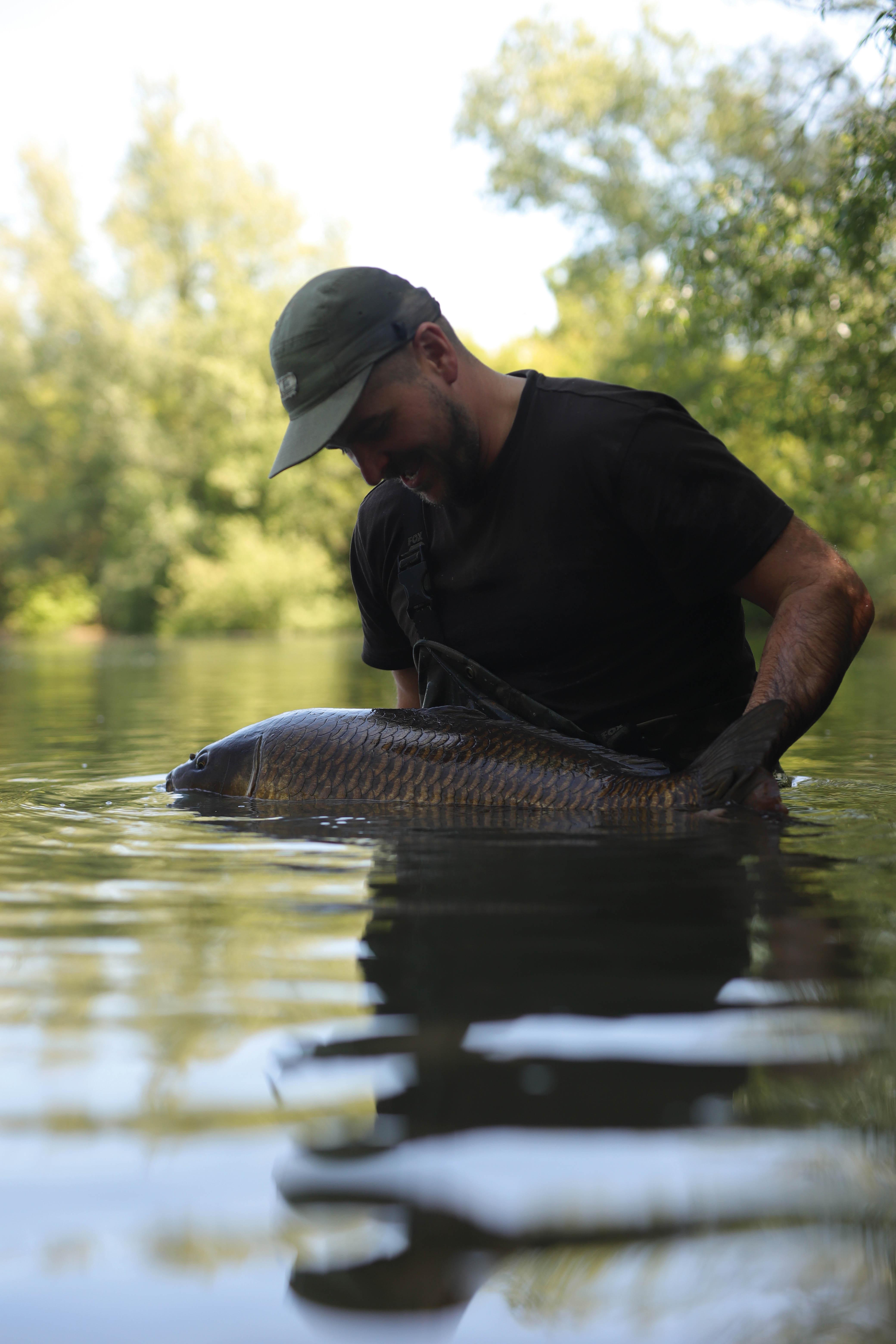
6. Confidence in Spades - Confidence catches you carp!
Going into the final night of our trip, and having caught several fish in front of the cameras, I was brimming with confidence that my approach was as good as it could be, so much so that I decided to put everything I had learned into practice by fishing a rod out in open water for the night. Just like the spot in the edge, I baited with large, 20mm Krill Active, along with a few handfuls of chopped tigers. As it had worked for the cameras, I also stuck with the little white sight bob on my hookbait. It looked absolutely prime for a bite, and I went to bed full of anticipation.
Sure enough, early the next morning as the sun lit up the lake in a wondrous orange glow, I found myself attached to a very angry carp. Eventually, a wide mirror with a perfect line of lateral scales popped up by the net, and I scooped her up as the sun rose above the trees. It was a fish we had seen feeding in front of the cameras, and one I really wanted to catch.
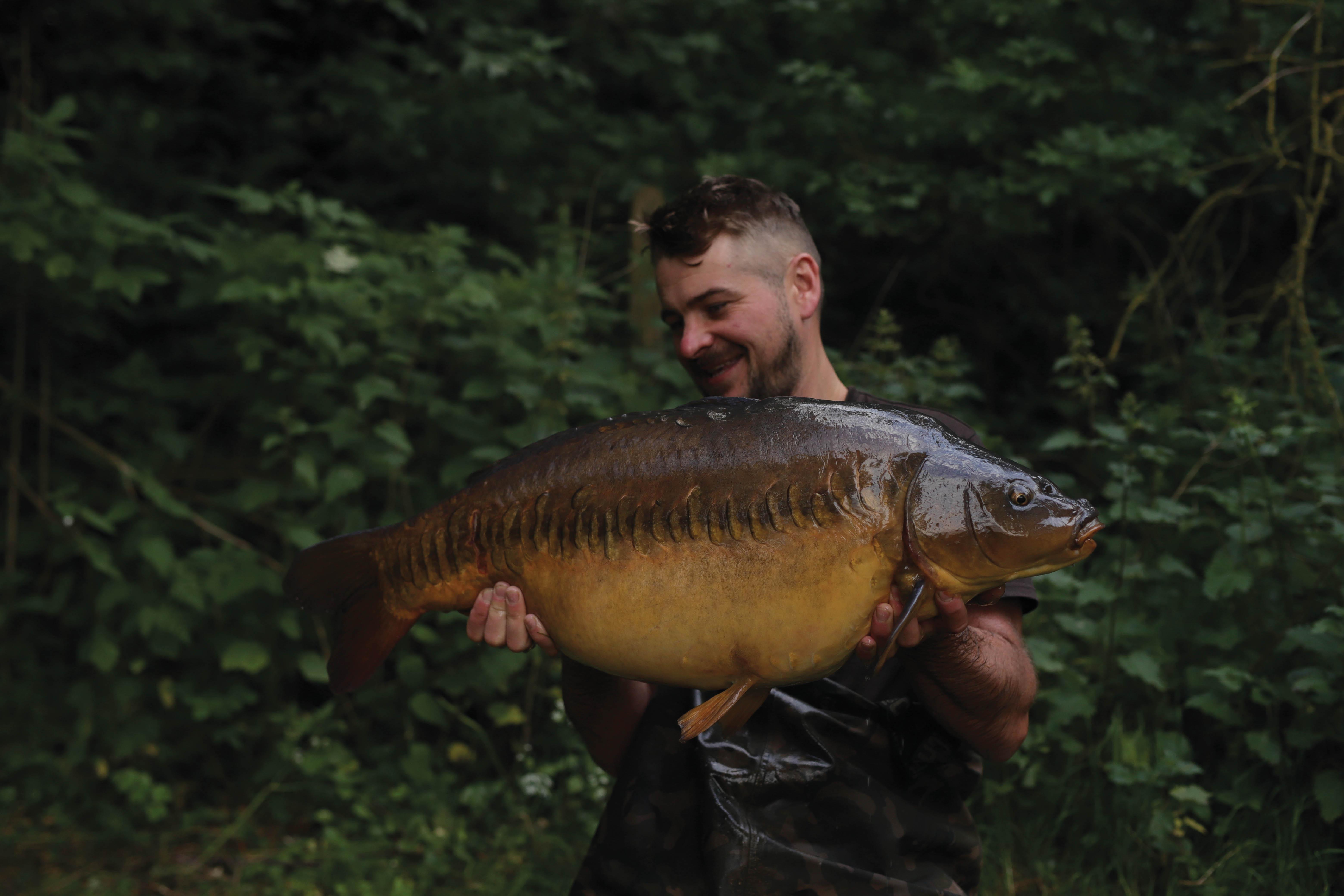
At 33lb 6oz, the fish was a great end to what had been a brilliant session, one which had also proved to be a huge learning curve. I came away from that trip with a confidence in my approach like I had never had before, something which I am sure will lead me on to my next target… watch this space!
